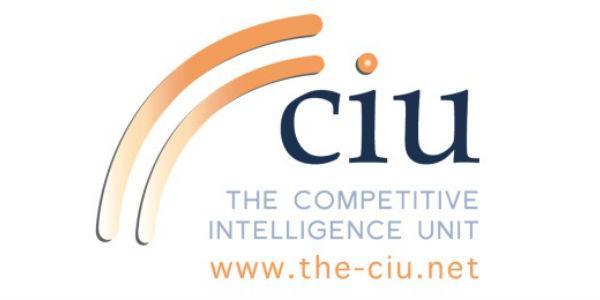 Mexico. On September 19, an earthquake of magnitude 7.1 on the Richter scale shook Mexico. Precisely 32 years after the earthquake registered in 1985. There are many similarities between this earthquake and that of 1985, however, the biggest difference is the technological tools that have been developed in the world. Undoubtedly a very important one is telecommunications.
Mexico. On September 19, an earthquake of magnitude 7.1 on the Richter scale shook Mexico. Precisely 32 years after the earthquake registered in 1985. There are many similarities between this earthquake and that of 1985, however, the biggest difference is the technological tools that have been developed in the world. Undoubtedly a very important one is telecommunications.
According to the report of The Competitive Intelligence Unit S.C., at the end of the second quarter of the year a total of 112.4 million mobile lines were counted, of which 95.9 million are used through Smartphones. Although the penetration of lines is lower than the average in Latin America, the number of Smartphones we have allows us to have a small window of opportunity to save lives at times like the one experienced on September 19.
By dividing an earthquake into three phases we can find different applications of telecommunications for each of these phases.
First Phase: Prevention
There are applications that issue alerts such as those used in Mexico City to alert about an earthquake. Being the same system, the Smartphone begins to sound before the event happens. The number of seconds that elapse between the alert beginning to sound and the tremor begins to be felt varies depending on the distance from the epicenter to Mexico City.
For the earthquake registered on September 7, 2017, these applications gave their users 86 seconds of advantage. On September 19, the time interval was shorter due to the proximity of the epicenter to Mexico City.
The points to consider are as follows. The seismic alert has a cost ranging from $55 to $75 pesos. Sometimes users show confusion because the application is of the in-app purchases type; this means that for its correct operation the purchase is made within the application and not at the time of being downloaded.
The second point is that the alert only works for the Valley of Mexico. People who reside in other states cannot use this type of technology.
Second Phase: Contact with relatives
The following seconds after an earthquake and getting to be safe the most important thing is to know the state of our family and friends. It is very important to understand that the cellular infrastructure deployed by the operators is carried out based on market analysis from which the number of before they have to be installed at each point is obtained in order to cover the needs of daily connectivity. In the event of an event of this magnitude, the installed capacity is tested against the demand for a service, which is why mobile phone networks are saturated.
In this way it is important to consider using instant messaging services and social networks to get in touch with loved ones so as not to saturate the mobile telecommunications networks that can be essential for those trying to save a life.
In Mexico, 76 million Internet users were counted for 2Q17, of which 99% have at least one instant messaging service (WhatsApp, Messenger, Telegram, etc.) and 98% report having at least one social network (Facebook, Twitter, Instagram).
By using these systems we can quickly and timely advise about our current condition. Similarly, if in the area where you are you have WiFi access, it is essential to prioritize connectivity to it since the stability of the network and the flow of information is faster than when connected to the network of the mobile operator.
Third Phase: Help and Organization
Although no applications have been developed that allow us to upload information about where help is needed and classify by the type of help, social networks have supplied this work in an exceptional way.
Facebook and Twitter, which have 72.7 and 15.4 million users in Mexico respectively, have become vitally important for sharing information about disaster areas, collection centers and shelters. Not only to know your location, but also to know your needs in real time.
In this way it has been possible to know places of accidents in a more agile way and rescue victims. It is also possible to know about very specific needs of both specialized tools and medicines that are required in each of the sites.
One of the possibilities offered by social networks, in addition to their virality, is the use of hashtags. These allow you to sort the information in real time in chronological order. It is this way to put information on Twitter and Facebook accompanied by a #Albergue #Rescate #Derrumbe #CentroDeAcopio makes it easier to channel the help.
However, in this phase we find a barrier. Disinformation. As access is so easy and in many cases the operation of social networks is unknown, information is shared that is not verified or that is from previous days or hours this generates a lot of confusion among people who come to a site offering help that for the moment is no longer necessary. Making responsible use of social networks helps everyone in times like the ones the country is experiencing.
No doubt the elements of security and civil society are doing their best to lift the country and telecommunications have played a vital role that will continue to play until everyone is rescued, the debris lifted and the people who are in the shelters can count on housing again.
Text written by Rolando Alamilla of The Competitive Intelligence Unit S.C.

























Leave your comment